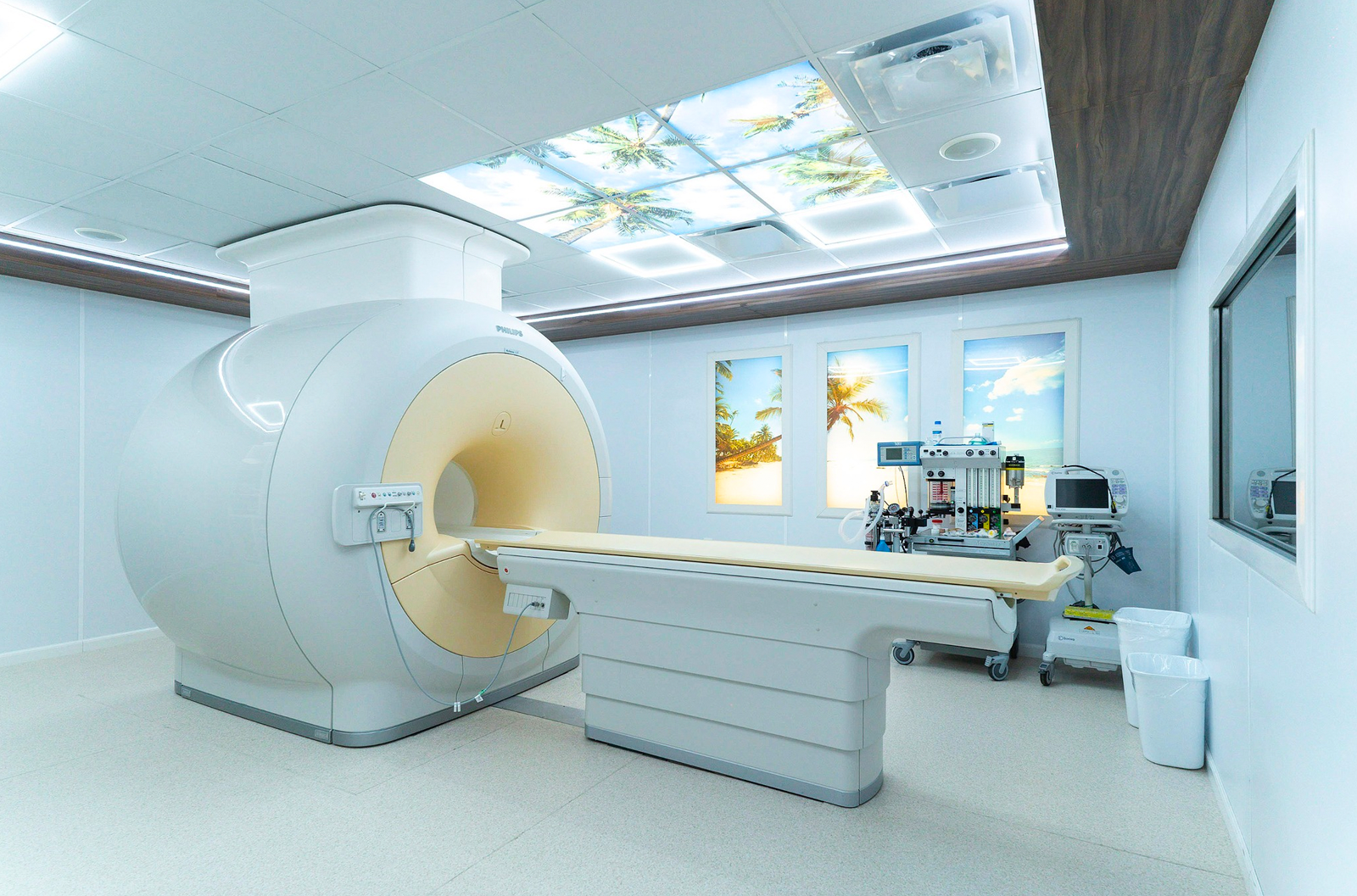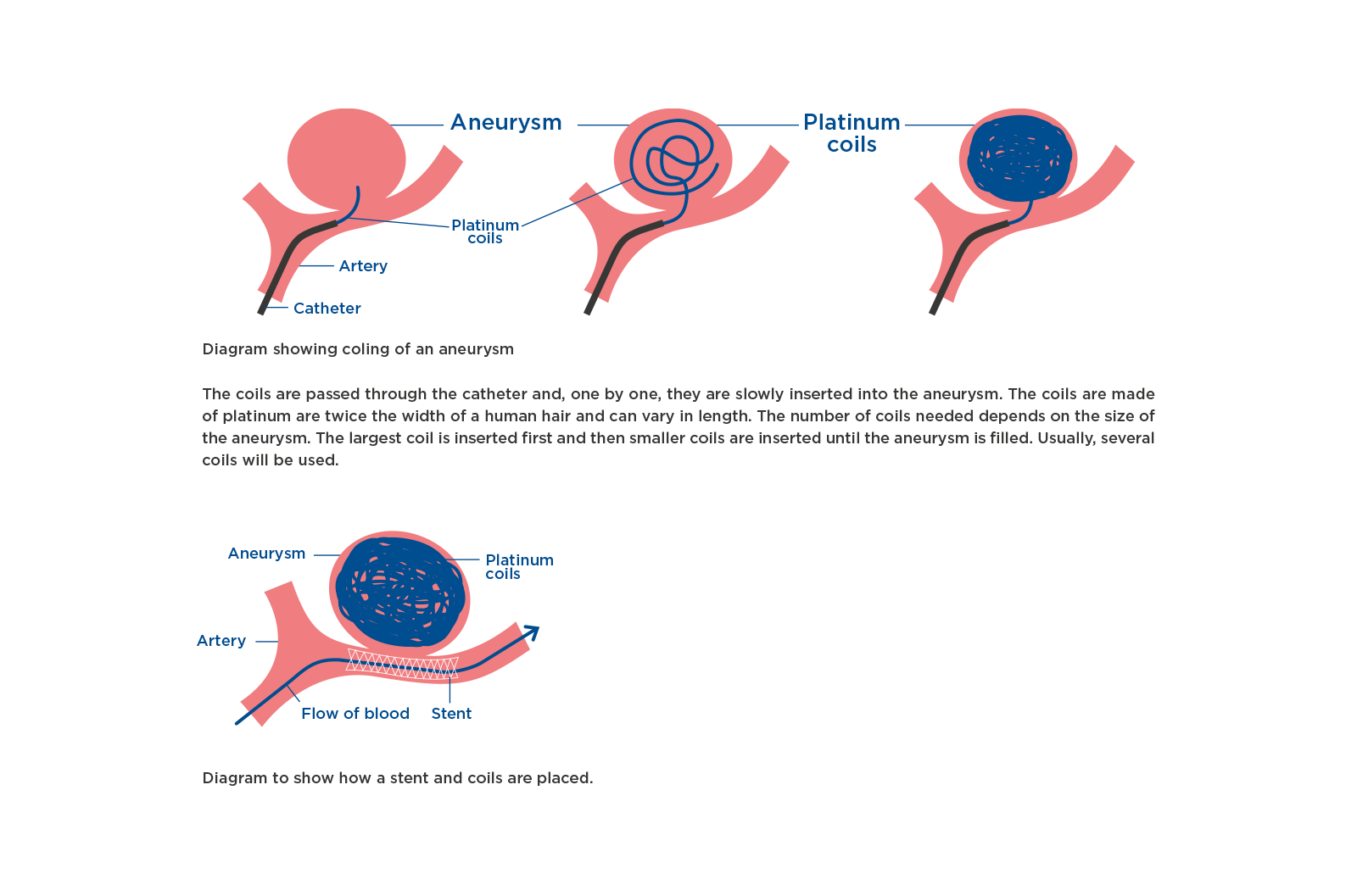Brain Aneurysm: A Silent Threat to Brain Health
More than 5% of the Mexican population could have a brain aneurysm
In the world of neurology, there is a silent enemy lurking in the delicate structures of the brain: brain aneurysm. This condition, which can go unnoticed for years, represents a potential threat to brain health. Brain aneurysms, which are characterized by an abnormal dilation in the walls of the blood vessels in the brain, can have devastating consequences if not detected and treated in time.
In Mexico, brain aneurysms are a major health concern. It is estimated that more than 5% of the Mexican population could be at risk for a brain aneurysm. Our experts in Neurology at CMQ Hospitals stress the importance of early awareness, detection, and proper treatment of this condition. In this article, we will explore in depth the world of brain aneurysms, keep on reading.
What is a brain aneurysm and why does it happen?
A brain aneurysm is an abnormal bump in the wall of an artery in the brain. It may look like a balloon or sac filled with blood. It usually forms due to weakness in one of the brain walls. Also, a brain aneurysm is one of the main causes of brain hemorrhage. In addition, brain aneurysms can vary in size. Aneurysms can be very small or quite large and can be located in different parts of the brain.
Unfortunately, the exact cause of why they develop is not always clear. However, it is believed that a combination of genetic and environmental factors may contribute to their appearance.
Types of brain aneurysm
There are two types of brain aneurysm, saccular aneurysm (berry aneurysms) and fusiform aneurysm.
-
- Saccular aneurysm or Berry aneurysm: Saccular aneurysms are the most common type of brain aneurysm. They are small bulges in the arteries of the brain and have a rounded, sac-like shape. Nevertheless, these sacs can become larger and fragile. As they grow, there is a risk of rupture. This can lead to a brain hemorrhage, a potentially life-threatening condition.
- Fusiform aneurysm: This type of aneurysm is characterized by a uniform and elongated dilatation in one section of the artery. Also, unlike saccular aneurysms that form bulges in the artery wall, fusiform aneurysms expand uniformly. Fusiform aneurysms are often associated with underlying medical conditions that affect the arterial wall, such as atherosclerosis or certain connective tissue disorders. Although less common, they can also be dangerous if left unchecked.
- Ruptured brain aneurysm: A ruptured brain aneurysm occurs when the wall of a weakened blood vessel in the brain bursts. This leads to a sudden and often severe bleeding into the surrouding brain tissue or into the spaces around the brain.
What causes a brain aneurysm? Brain Aneurysm: Main causes
-
- Weakness of arterial walls
The most significant cause of the development of brain aneurysms is the weakening of the artery walls. Arteries may become weakened due to genetic factors or conditions that affect the structure of the blood vessels.
-
- Age
Aneurysms are more common in older individuals. The risk of developing an aneurysm increases as people age. For this reason, aneurysms are more common in older people, especially after the age of 40 years. This emphasizes the importance of early detection in older age groups.
-
- Gender
Women have a slightly higher risk of developing brain aneurysms compared to men. The reasons behind this are not well understood, but our experts conclude that hormonal and genetic factors may be involved. As such, it is vital that women are aware of this risk and take measures for both prevention and monitoring.
-
- Smoking
Smoking tobacco can damage blood vessels and increase the risk of aneurysm formation.
-
- Hypertension
High blood pressure can weaken arterial walls over time, making them more susceptible to developing an aneurysm.
Symptoms of a brain aneurysm
Brain aneurysms are often asymptomatic until they burst or cause pressure on the brain. However, when an aneurysm tears, several symptoms may occur. Some of the common brain aneurysm symptoms are:
-
- Severe Headaches: One of the most common signs of a brain aneurysm is a severe headache. Often described as the “worst headache ever.” This pain can be sharp and stabbing. Also, it is usually not relieved by medication.
-
- Nausea and Vomiting: People with a ruptured brain aneurysm often experience severe nausea and vomiting.
-
- Loss of Consciousness: A brain aneurysm rupture may cause a sudden loss of consciousness or fainting.
-
- Visual disturbances: Changes in vision, double vision, blurred vision, or the appearance of “spots” in the vision may be symptoms of a brain aneurysm.
-
- Droopy eyelid: In some cases, a brain aneurysm may cause a droopy eyelid and increased sensitivity to light.
-
- Loss of coordination and balance: Some people may experience balance impairment, lack of coordination, and weakness.
-
- Difficulty speaking and understanding: Aneurysms can affect areas of the brain that control speech and comprehension. They may also cause problems with language and communication.
If you or someone you know is experiencing symptoms suggestive of a brain aneurysm, especially a sudden and severe headache, seek medical attention immediately.

How can a brain aneurysm be recognized?
The detection of a brain aneurysm involves performing several diagnostic studies to evaluate the structure and function of the blood vessels in the brain. Nevertheless, the choice of the test will depend on each patient’s condition and the decision of the medical team. According to our experts in Radiology at CMQ Hospitals, some of the studies to diagnose cerebral aneurysms include:
Brain Angiography
Also known as cerebral angiography or cerebral arteriography, it is an imaging procedure that allows medical professionals to visualize blood vessels in the brain. In particular, this procedure involves the use of contrast dy, X-rays and the insertion of a catheter, to create detailed images of the blood vessels. Fortunately, these images provide important information about the size, shape, location, and possible abnormalities of these blood vessels. A brain angiogram can be performed through a catheter, or using other imaging techniques such as a CT scan or magnetic resonance imaging (MRI).
CT Angiography (CTA)
CTA is a non-invasive imaging technique that combines CT scanning with the injection of a contrast dye. It provides detailed images of blood vessels, helping to identify and visualize aneurysms.
Magnetic Resonance Angiography (MRA)
The MRA is a specialized type of MRI that focuses on visualizing blood vessels, including any abnormalities like aneurysms.
A brain angiography is the “Gold Standard” study to diagnose a brain aneurysm. Also, a CT Angiography and an MRI Angiography are very useful and accurate studies.
Dr. Fernando Herrera, Neurointensivist in Puerto Vallarta
What is the best brain aneurysm treatment?
Treatment for a brain aneurysm will depend on several factors, such as size, shape, location, and risk of rupture. For low-risk brain aneurysms, the primary treatment strategy is medical surveillance. This involves getting regular imaging studies to closely monitor the condition of the aneurysm. Similarly, for larger aneurysms with a high risk of rupture, experts recommend the following surgical treatments.
Surgical Clipping
This is a traditional surgical procedure where a neurosurgeon places a metal clip around the neck of the aneurysm to stop blood from flow into it. Surgical clipping is particularly effective in isolating the aneurysm from blood circulation. This prevents pressure from being exerted on the aneurysm and reduces the risk of rupture.
Endovascular Coiling
Endovascular Coiling, also known as Embolization, is a less invasive procedure than Surgical Clipping. During this procedure, a catheter is inserted through an artery, usually in the groin, and then guided to the aneurysm. Subsequently, tiny platinum coils are inserted into the aneurysm to activate blood clotting and prevent rupture.

Is anesthesia used during a brain aneurysm surgery?
Yes, anesthesia is always used during a brain aneurysm. However, the type of anesthesia depends on the type of procedure that is required and the patient’s overall health. For example, for endovascular procedures, such as Coiling, doctors use local anesthesia or sedation. Nevertheless in more complex cases in which Surgical Clipping is needed, general anesthesia may be the best option.
Recovery from a Brain Aneurysm
Recovering from a brain aneurysm can vary significantly depending on the severity of the aneurysm, the type of treatment received, and the patient’s overall health condition. After a successful procedure, such as embolization or clipping surgery, patients may need to stay in the hospital for a period of close observation. Typically, the length of the hospital stay is two to three days. However, it will depend on the type of procedure, whether there are complications, and the evolution of each patient.
Life Expectancy after a Brain Aneurysm
Life expectancy after a brain aneurysm can be positive if detected early and properly treated. People who receive an early diagnosis and treatment can have healthy, normal lives for a long time after recovery.
Do brain aneurysms have long-term effects?
The long-term effects of a brain aneurysm can vary depending on a number of factors, In this case, as some of these important factors to consider are the size and location of the aneurysm, whether it became ruptured or not, and whether there was brain damage. Fortunately, some people do not experience significant consequences. However, others may experience long-term effects. Some of the possible long-term side effects of a brain aneurysm include:
-
- Bleeding
- Hemorrhages
- Strokes
- Neurological consequences
- Lack of mobility
- Difficulty speaking
- Chronic headaches
According to our experts, adequate rehabilitation and appropriate follow-up, such as physical and speech therapy, can help reduce its long-term side effects and improve quality of life. However, awareness of brain aneurysms is essential for early detection. Therefore, if you are experiencing symptoms or have risk factors, do not hesitate to consult our team of neurology experts for a proper diagnosis. Always remember that brain health is essential and that we must take good care of it.
Our Experts in Brain Aneurysm at CMQ Hospitals
Refugio Gutiérrez Aguirre, MD. – Clinical Neurologist in Puerto Vallarta
Dr. Refugio is a clinical neurologist who is highly trained in the diagnosis of brain aneurysms. His approach centers on the precise recognition and early diagnosis of brain aneurysms.
César Medina, MD. – Radiology Specialist in Puerto Vallarta
Dr. Medina is a specialist in diagnostic imaging studies related to brain aneurysms. Moreover, he has extensive experience in studies such as CT Angiography and Magnetic Resonance Angiography. Fortunately, these techniques allow for a thorough evaluation of the aneurysms and help guide medical and surgical procedures.
Jorge Yáñez, MD. – Neurosurgery and Endovascular Specialist in Puerto Vallarta
Dr. Yañez specializes in advanced endovascular brain aneurysm treatments, such as Coiling. In particular, his approach centers on addressing aneurysms using minimally invasive techniques. His expertise contributes to providing patients with advanced, less invasive and effective treatment options.
Sheila María del Mar, MD. – Neurosurgery and Skull Base Surgery Specialist in Puerto Vallarta
Dr. Sheila Maria del Mar is a specialist in Brain Aneurysm Clipping, also known as Surgery Clipping, a surgical procedure frequently used to treat brain aneurysms.
Fernando Herrera, MD. – Internal Medicine and Neurological Intensive Care Specialist in Puerto Vallarta
Dr. Herrera is a specialist in the treatment, management, and post-surgical care of patients with brain aneurysms and/or neurological conditions. In addition, he supervises the necessary aspects during the critical recovery phase in the intensive care unit, ensuring high-quality to achieve and assisting in a successful recovery.
Frequently Asked Questions about Brain Aneurysm
Yes, many people can live with a small brain aneurysm without experiencing significant problems. However, regular medical follow-up and treatment are key to living a normal, healthy life. But if the aneurysm is large, our experts recommend surgical treatment.
No, brain aneurysms do not usually disappear on their own. However, with proper treatment, the risk of rupture can be managed and the patient’s health can be improved.
A brain aneurysm is an abnormal bulge in the wall of a blood vessel in the brain which may resemble a blood-filled bulge. Brain aneurysms pose a potential risk of rupture and hemorrhage in the brain.
If there is a family history of aneurysms, the risk may be higher. However, this condition may also be influenced by other lifestyle factors.
Brain aneurysms are usually treated by neurologists, neurosurgeons, and neurocritical care specialists, depending on the required approach.
An aneurysm can be caused by weakness in the arterial walls, genetics, advanced age, arterial hypertension, and smoking, among others.
So far, direct link between stress and the development of brain aneurysms has not been found.
It is advisable to avoid activities that may increase blood pressure, such as weight lifting or activities that cause severe physical effort.
The long-term effects of a brain aneurysm can vary. For example, possible repercussions can include cognitive difficulties, movement impairment, and, in severe cases, disability or death. However, with early diagnosis and treatment, most people can have a positive recovery and avoid long-term complications.









